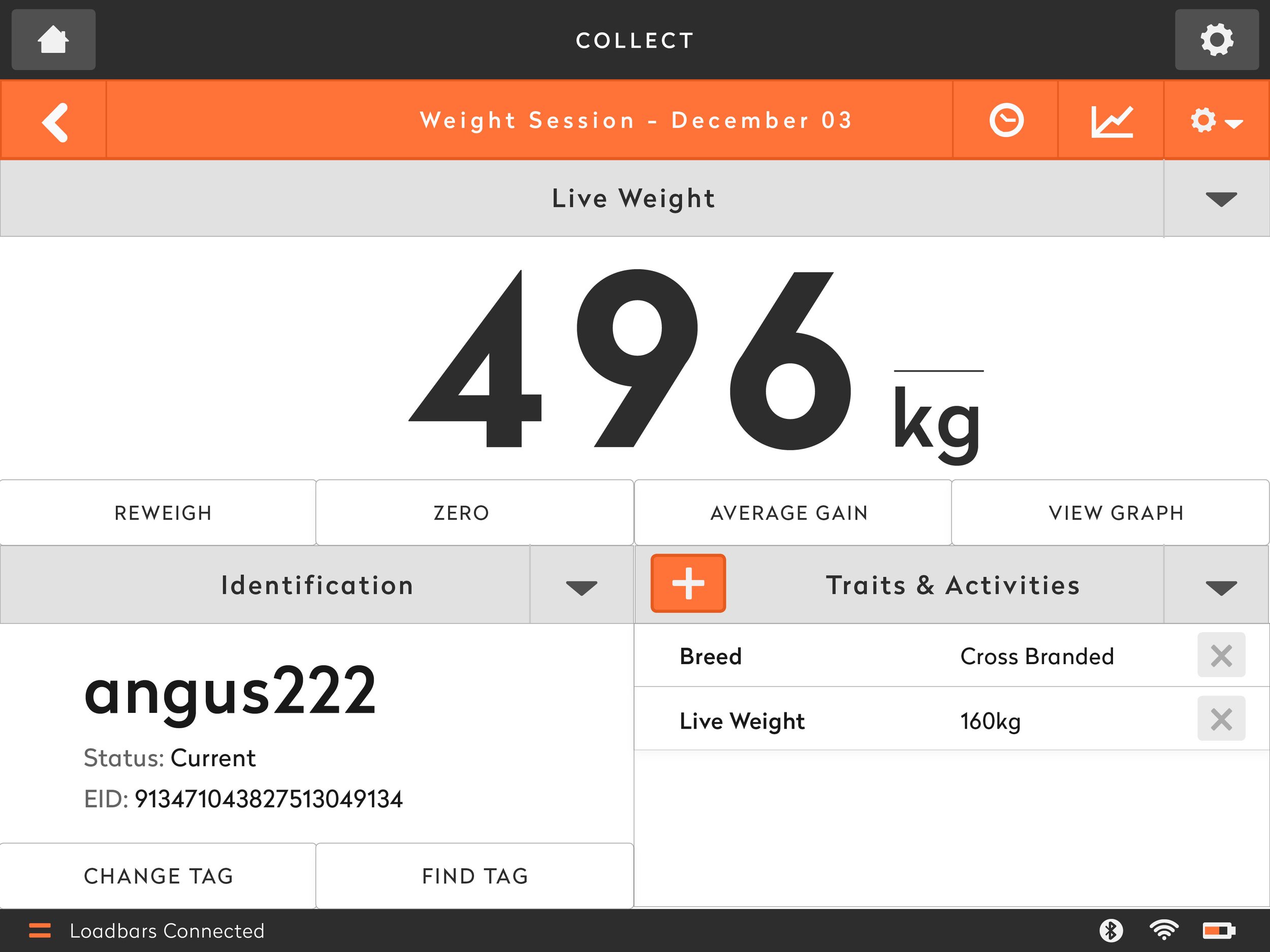Gallagher (Masters)
2013 — 2014
This design research project proposes a new and improved touchscreen graphical user interface (GUI) for Gallagher’s on farm animal management product - the “TSi”.
The re-design concept aims to develop appropriate design aesthetic treatments, as a foundation for a more attractive, intuitive, easy-to-use graphical user interface. The intention is to encourage farmers and farmworkers to readily engage and exploit the full performance capability of the TSi and to reduce the perceived stigma of learning specialist software that requires adapting to new technologies.
The design research proposes that a GUI enhances the end-user experience to create a more desirable and usable product by introducing User Interface (UI) elements and utilizing common user scenarios. The research has incorporated end-user feedback and a co-creative development process with the Gallagher product development and marketing team.
TSi is a revolutionary weigh scale device that allows users to instantly record and access data on individual animals and groups of animals.
This enables critical assessments on farmer’s livestock performance and strategic farm management decisions - in the office, in the yard or elsewhere on the farm.






My role
To understand the current way the company approaches research and development of a product and adapt to this environment.
Explore new avenues with state of the art through a series of critical analysis of the existing GUI and information architecture.
To apply user-centered graphic design aesthetic approaches specifically appropriate for farmers and the farm environment with an emphasis on usability, desirability and experience.
This project focuses on the re-design of the existing user interface - software - and not the hardware/ physical product itself. The TSi was introduced to the market in 2007 and has kept the same interface since. Gallagher has employed design thinking towards the TSi’s existing user interface but have not applied graphical design aesthetic and visual communication elements sensitively and effectively.
Collecting data about the users are very commonly constructed into User Personas (sometimes called user profiles or user models). These are fictional characters that represent the needs of a multitude of real users. They assist in ensuring that the users are constantly in mind during the research and design process (Garrett, 2011) .
Although creating personas is a common method used within UX, I wanted to explore a revised process or exercise where the personas were investigated further, focusing mostly on an existing customer base and looking at user behaviours.



Understanding each stage of the user flow from screen-by-screen is critical for simplifying the complex capabilities of the TSi. According to Garrett “Information architecture is a new idea, but it’s an old practice — in fact, you could say it’s as old as human communication itself” (2011, p. 88). Information architecture is involved with how people cognitively process data and information of any product and attempts to make sense of this data through its presentation of individual screens.



First set of sketches for the re-design were brought to the first workshop at Gallagher and shown to stakeholders and development team. These initial concepts were iterative and created rapidly, it was more important to come up with a lot of rough ideas to begin with and be open to a multitude of options.



Persistent navigation system that runs throughout the whole system so the user knows where they are and where they can go.
Modular grid system that allows for the layout to have consistency and a strict structure.
History/Activity menu that keeps track of the user’s recent activities and tracks the tasks.
Since the TSi relies heavily on tasks, segmenting common scenarios into activities and creating pre- set templates are proposed to speed up the starting process - “plug and play”.
Introducing custom graphical icons appropriate to the system as well as universal icons commonly used on other electronic devices for familiarity.















Conclusion to study
Technology transforms and changes so rapidly that designers, developers and all those involved in developing software and hardware must continually adapt to the ever-changing environment. The standards used for User Interface and User Experience design will constantly and iteratively be redefined and questioned as new devices and new ways of interactions are invented. Existing methods and processes will be tested and new ones will be exercised. It’s important for designers to be able to follow these trends and continually question how we can craft beautiful experiences for the users of the products we design.




